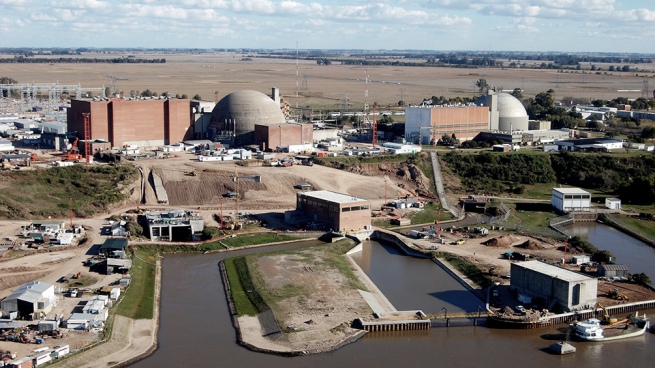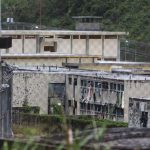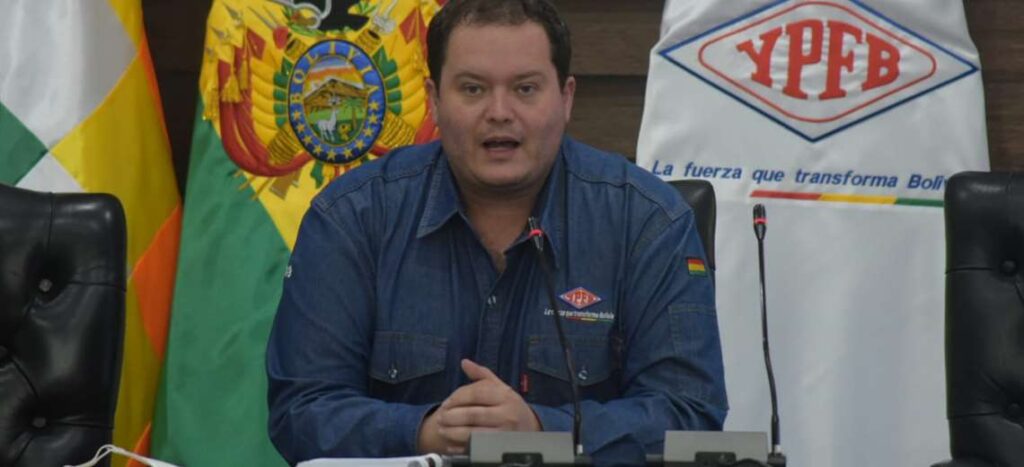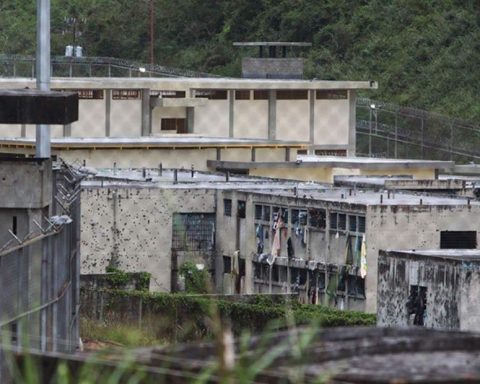The President of the Argentine Nuclear Power Company (NA-SA), José Luis Antúnezassured that progress will be made with the negotiation of the financial contract and other conditions for the construction of the fourth nuclear power plant to start before the end of the year, with a peak employment of 6,000 workers and an impact on the development of local suppliers due to $500 million.
Nuclear power plant and the China National Nuclear Corporation (CNNC) have just signed the contract for the construction of the fourth nuclear power plant, Atucha IIIa 1,200 MW reactor to be installed in the Nuclear Complex in the town of Lima, province of Buenos Aires.
The expert, with a long history in the sector, highlighted the contribution of nuclear energy to the decarbonization goals of the electrical matrix, valued the quality of the Hualong technology that the plant will carry and the transfer of knowledge for the manufacture of nuclear fuel with enriched uranium that the country will be able to control based on the understanding with China.

The following are the main sections of the interview with Télam:
– Télam: What does this agreement contribute to the nuclear sector and the energy matrix?
– Jose Luis Antunez: First, the contribution of clean energy to the electricity matrix because the world is heading towards decarbonization with extremely ambitious goals that mean that at some point in this century it will be necessary to generate electricity with zero carbon generation. And nuclear energy is one of those clean alternatives. In the context of the country, it is to once again give the sector the participation it deserves in the electrical matrix, and it will be a great contribution with a 1,200 MW machine, individually the most powerful in the country in the place that Atucha II occupies today, and It will contribute to passing the 10% nuclear participation in the electrical matrix.
-T: What level of development and local suppliers do you contemplate?
-JLA: From the labor point of view, it has enormous opportunities for the construction of the work with employment of between 5,000 and 6,000 people directly, and the plant is going to create some 700 permanent positions. This will have tremendous influence in the region, as important as the work of Atucha II, with around 60 million man-hours that will remain in Argentina with the project. The estimated contribution in local purchases, taking into account that it is the reactor of a new technology, will be less than that of Atucha II, but around US$ 500 million in equipment, components and systems will return to the national industry.
-T: Will there be a transfer of Hualong technology that the country does not master?
-JLA: The contract includes China’s commitment to transfer the technology necessary for the National Atomic Energy Commission (Conae) to manufacture the metal components of the fuel for this reactor. One technology that dominates is that of natural uranium fuel that is used in the three plants in operation, but this introduces Conae into the world of manufacturing nuclear fuel with enriched uranium. This is a contract to manufacture fuel for 60 years, which is the initial life of the plant, and it is a scientific, technological and industrial added value.
-T: Some criticisms were raised about Hualong technology. How modern and efficient are these types of plants?
-JLA: This contract dates from almost 12 years ago, the Hualong technology comes from the HPR-1000, that is to say about 20 years, and when we began to deal with the subject there were none in operation. But with the usual speed of the Chinese, today they already have four Hualong in operation, six under construction and as many others in planning. It is a fleet of reactors in which we are going to participate with all the new technology and the contract establishes that China is going to pass the future update. The Hualong has been successful and they have already been exported and in operation.
-T: How are the development milestones of the project?
-JLA: There are a number of conditions to make this contract effective. For example, the steps must be fulfilled within the framework of the country-country treaty to reach the direct award of the project -because it is not a public tender-, and that it was approved by laws of both countries. The second is to negotiate the financial contract now that the price is known, and another issue is that there has been an agreement on the subject of technology transfer with a specific contract firm. In addition to having the environmental study ready, the regulatory presentation and technical conditions such as soil studies and having cleared the site to hand it over to construction. All this will take about four months and then the authorization arrives in both countries to directly award the contract to the Chinese national corporation and it will be in a position to start the work in around 4 or 5 months, so the end of the year will find us working in the site, with a 90-month construction contract.
-T: What will be the impact of the project on employment?
-JLA: We already have about 300 people working and we estimate that by the end of this year we will find no less than 1,200 people. A peak employment of around 6,000 people is estimated and it will depend on how the Chinese company organizes the progress of the project, but there will be a large peak because 90 months is a very demanding period.
-T: Talking about this number of people, we have to think about training and recovering specialized labor. How is this dynamic going to be?
-JLA: We have the example of what we did in Atucha II that tells us what we are going to do. The first thing was to install specialty schools in the area and train people. We trained 1,400 welders during the course of Atucha II and we are going to train assemblers, electricians and we are going to summon all those who want to return to work. And as for the professionals, unfortunately before our government, more than 300 specialists were fired, and we are going to work in agreements with all the engineering faculties throughout the country to absorb young professionals.

















